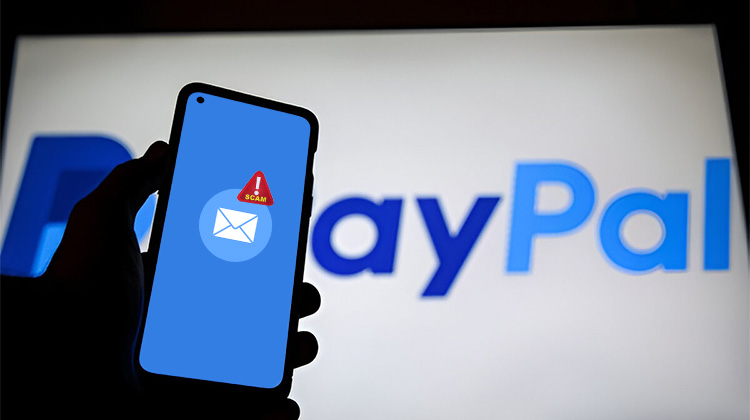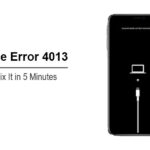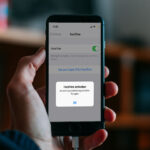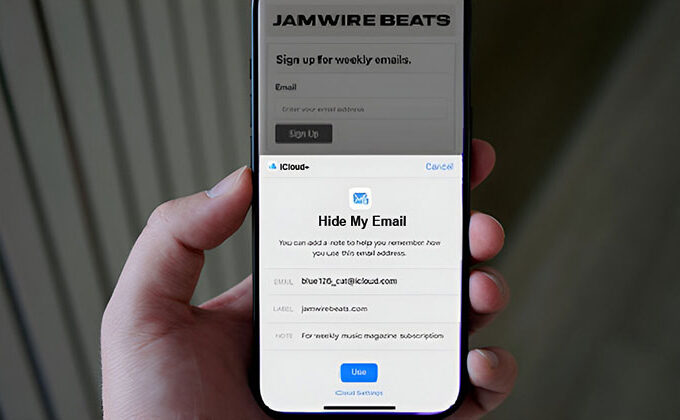PayPal is a trusted service for many users, but nowadays scammers are becoming smarter. Scammers are now sending emails that appear to be original to PayPal. They often employ proper grammar and authentic logos to fool you. In this article, we’ll provide tips on how to avoid the latest PayPal email scams in plain terms.
What is the PayPal Email Scam?
A PayPal email scam is a form of phishing attack in which the attacker sends out an email that looks like it comes from PayPal. They will claim that your account is at risk. They could say that your information needs updating or that there are unauthorised activities. The emails look very real. Sometimes, they will utilize a rusted sender address, like service@paypal.com, to disguise their real intentions. Don’t be deceived by the appearance of legitimacy.
Recognize the Warning Signs of PayPal Email Scams
The first step to avoid fraud is to be alert. Be aware of these warning signs of PayPal email scams:
- Suspicious Links: Hover over links before clicking. Genuine PayPal emails will take you directly to www.paypal.com.
- Generic greetings: Real messages often contain your name. Beware when the email reads “Dear Customer”.
- Sense of Urgency: Scammers cause anxiety. They claim you need to respond within a few minutes to avoid suspension of your account.
- Spelling Mistakes: Some emails have minor errors. Even if your email appears clean, you should examine every aspect carefully.
- Requests for Personal Data: PayPal never asks for bank information or passwords through email.
By identifying these warning signs, you can be sure that you are not being a victim of fraud.
Also read: Signal App Scams: How to Protect Yourself
8 Ways to Protect Yourself from PayPal Email Scams
1. Verify the Sender’s Information
Always confirm who the email comes from. The genuine emails sent by PayPal come from an address that begins with @paypal.com. For a deeper examination, look at the header information. It will reveal the real server that originated it, which is often different from the one that appears in the email. Understanding how to interpret these headers may reveal fake addresses. Be aware of any mistakes or additional characters in the email address.
For example, an email like paypalhelp4536yh@gmail.com is a major red flag. Verifying the sender’s details is easy; it’s the best method to prevent a phishing attack.
2. Access Your PayPal Account Safely
If a suspicious email comes your way, instead of clicking any links within, type out the legitimate website’s address directly into your web browser to bypass any potential dangers. Logging into your account from its official site helps protect against entering sensitive details on any untrustworthy pages, keeping your data safe. If in doubt, bookmark a reliable link.
3. Enable Two-Factor Authentication (2FA)
Enabling two-factor authentication (2FA) can add an extra layer of protection for your account, by adding an extra step during login – with 2FA, you’ll need a code sent directly to your phone in addition to your password. This makes it much more difficult for hackers to access your account, even if they manage to steal your password. Many security experts advise using 2FA for optimal protection.
4. Keep Your Devices Secure
Regular updates of antivirus and security software are vitally important, as hackers could use the malicious link to infect your device with a malware attack. This malware software could record keystrokes or steal browser cookies to compromise your login credentials even when visiting legitimate websites without directly engaging in phishing activity. Install a reliable antivirus program capable of detecting and blocking dangerous websites to improve security in today’s technology-rich environment. Security must always come first.
5. Be Wary of Unsolicited Help Offers
Scammers may claim to appear to be from PayPal customer support. They may claim that they are trying to resolve an issue that is affecting your account. True customer service messages will not require you to pay or divulge your password. Always reach out to PayPal directly via its official website or application to confirm such claims. Make sure to use only official customer support channels, and avoid offers that are not legitimate.
6. Learn from real Examples
Take the example of an individual who received an email regarding an urgent update to their account. The email advised users to click a hyperlink to reset their password. The link redirected the user to a fake web page that accessed login details. Another instance is a fraudulent email that urged users to confirm unauthorised transactions. The users who reported the email directly to PayPal were able to avoid financial losses. These examples are a reminder to always check and be careful.
7. Report Suspicious Emails
If you suspect you’ve received an email from a scammer, you must immediately notify PayPal. Send this email’s address on PayPal’s website to report it. This swift action can help keep others from falling prey to the scam. Reporting allows PayPal to investigate suspicious activities. It’s a straightforward but effective method of ensuring the overall security of online transactions.
8. Be Informed and Stay Updated
Cybercriminals are constantly updating their strategies. Staying informed about the most recent scams is essential. Check regularly on trusted websites and security blogs to find news on new scams. Becoming educated allows you to quickly adjust to new threats. An educated user is the most effective defense against cyber-crime.
Also read: 10 Common Snapchat Scams and How to Prevent Them
Prevention Tips for PayPal Email Scam
Here are some steps you can follow right now:
- Check emails carefully: Always look for indications of suspicious language or formatting.
- Verify Sender’s Detail: Check the email address carefully, ensuring that it ends with @paypal.com.
- Direct Navigation: Do not click on links that are embedded. Type the official address of the website instead.
- Allow 2FA to be used: Utilize a 2FA system within the account of your PayPal account.
- Update Software: Maintain your computer and your antivirus software up-to the latest.
- Avoid sharing personal data: Never give out passwords or confidential information via email.
- Report Fraud: Send any emails that look suspicious immediately to PayPal to verify the email.
By following these steps, you can ensure that you are actively protecting your online presence and minimizing the likelihood of falling prey to these frauds.
Bottom Line — Prevent PayPal Email Scam
Beware of the new PayPal email scam is important and practical. Always confirm the email address of the sender and only use authorized channels to access your account. Two-factor authentication and secure devices provide additional layers of security. Be aware by reading credible sources and report any suspicious activities. By following these simple and clear steps, you will be able to enjoy the advantages of PayPal while protecting your data from scammers.















Leave a comment